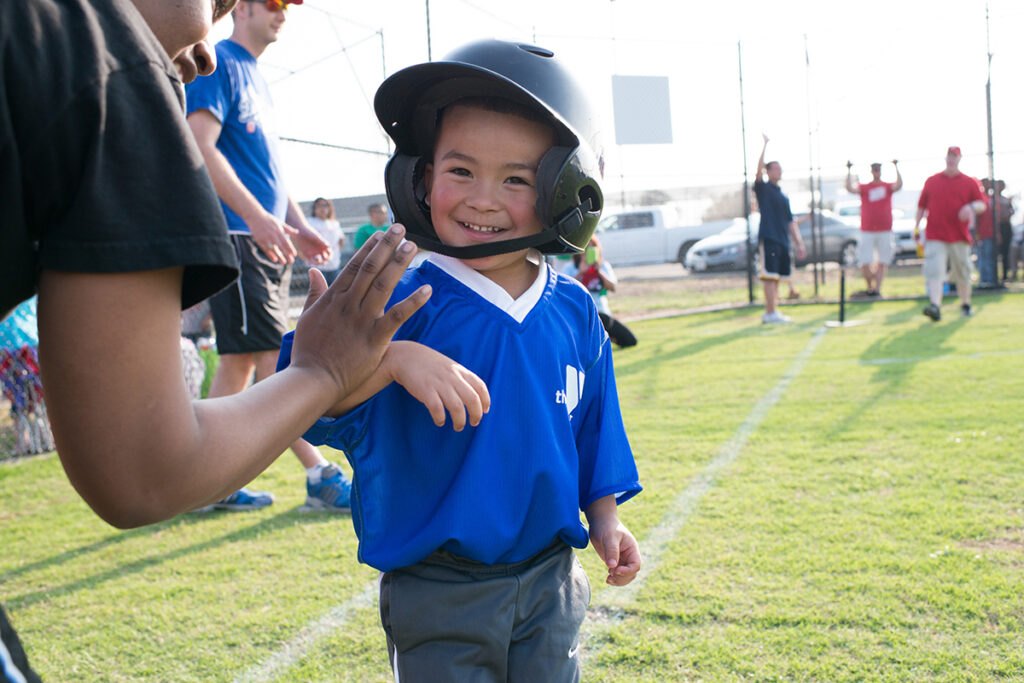Share Your Insights: Physical Literacy Tool for 3–5 year olds

By Natalie Weir, Doctoral Researcher at the University of Derby
Introduction
Forget mission impossible! I’m on a mission to measure physical literacy in 3-5-year-olds – and I need your help. We’ve developed ‘the PLEY Wheel’ – a new tool designed to quantify PL in a way that’s simple, meaningful, and developmentally appropriate for younger children. Your mission (should you choose to accept it): Take a 10–15-minute survey to share your views and help us validate the tool. Survey can be found here If you have at least 2 years of experience in physical literacy, physical activity, physical development, early childhood development, education, or health (you could be an academic, practitioner or strategic/policymaker) – we would love your input.
Project Details
Establishing, implementing, and updating assessment methods has always been highly valued in education and public health, and arguably vital to inform progress in intervention development. With growing interest and practice in quantifying PL, some have suggested that measurement of PL is the ‘missing piece’. The debate on evaluating PL comes from the personalised nature of PL and that it extends beyond childhood. For an assessment to adequately capture the essence of PL, it should be multidimensional in nature, aligning with the concept itself. Measuring PL is therefore a tricky one due to its personalised nature and definition differences.
However, the PLEY Wheel tries to stay true to the holistic approach of PL whilst keeping it as simple as possible so it’s more likely to be feasible in practice. It is a 12-component tool hosted online, that allows users to score children on a 5-point scale across four domains of physical literacy equally:
- Physical (how they move)
- Social (how they connect)
- Cognitive (how they think)
- Affective (how they feel)
This work is part of my PhD at the University of Derby, supported by Dr. Clare Roscoe, Professor Andy Pringle, and Dr. Richard Tyler (Edge Hill University). It’s inspired by my time in sport development, the physical literacy consensus statement, and assessment tool development project work with the University of Bradford.
Impact
Based on analysis of score distributions within my research data so far (from over 200 children), we can identify cut points of low, moderate and high domain scores. K-means cluster analysis conducted to explore natural groupings within the data, identified 5 profile groups based on the patterns of the scores. This data-driven approach is then combined with appropriate profile names to be relevant in practise. The five distinct PL profiles are descriptively summarised below:
- Emerging movers: Children scoring low across all domains, likely requiring the greatest support for motor skill development, motivation, understanding, and social engagement
- Socially engaged movers: Children demonstrating strong social capabilities with moderate development in physical, cognitive, and affective domains
- Capable but cautious movers: Children with strong physical and cognitive abilities but lower confidence and affective domain scores
- Developing movers: Children progressing steadily across domains, displaying moderate capabilities with emerging strengths and areas for further development
- Confident and competent movers: Children demonstrating high levels of competence, motivation, understanding, and social engagement across all domains
Once a child’s profile is identified, developmentally tailored intervention strategies designed to meet their specific strengths and support areas can be presented. By aligning each profile with practical strategies and play-based examples, educators can more confidently plan meaningful, inclusive, and responsive learning experiences for every child.
By participating in this research, you’ll play a vital role in bridging the gap between PL theory and practice. It will allow you to feedback on the PLEY wheel, as well as the resulting profiling and intervention strategy suggestions.
What’s Next?
Take the survey! Survey can be found here. Further information (including a 2 min overview video) are embedded directly in the survey. For questions or further discussion Natalie can be contacted directly by email to n.weir@derby.ac.uk

